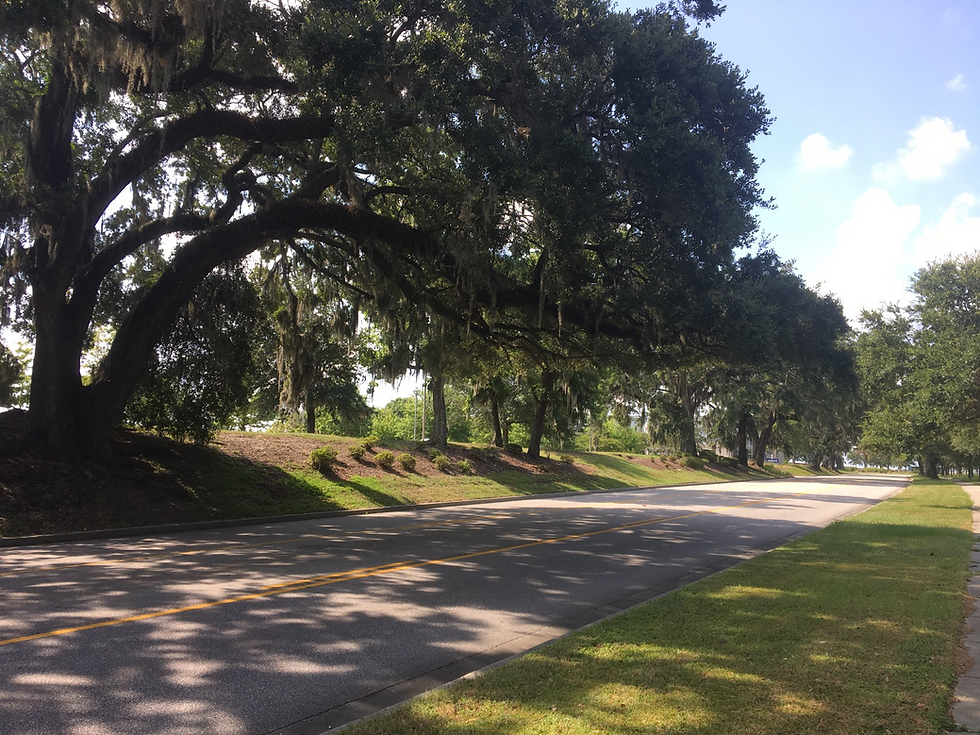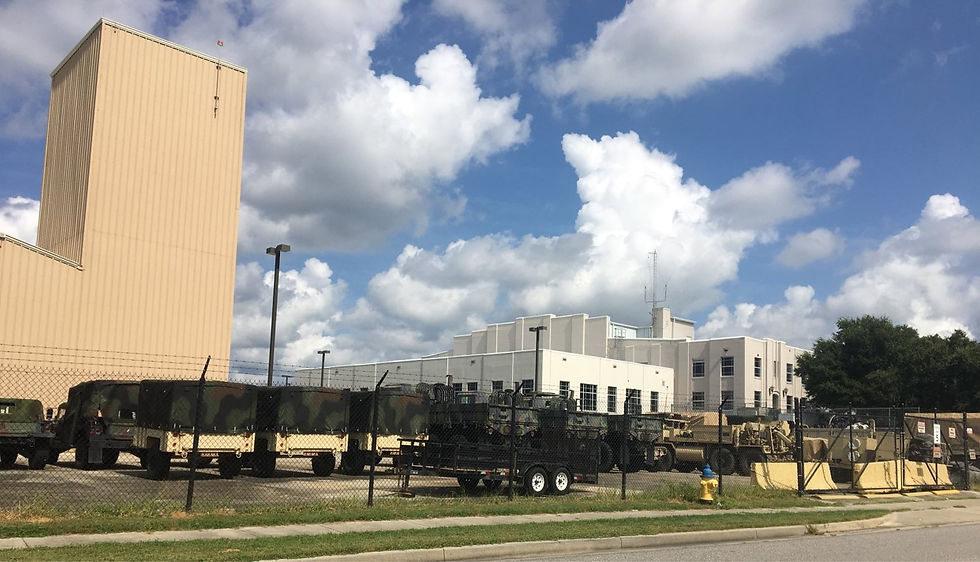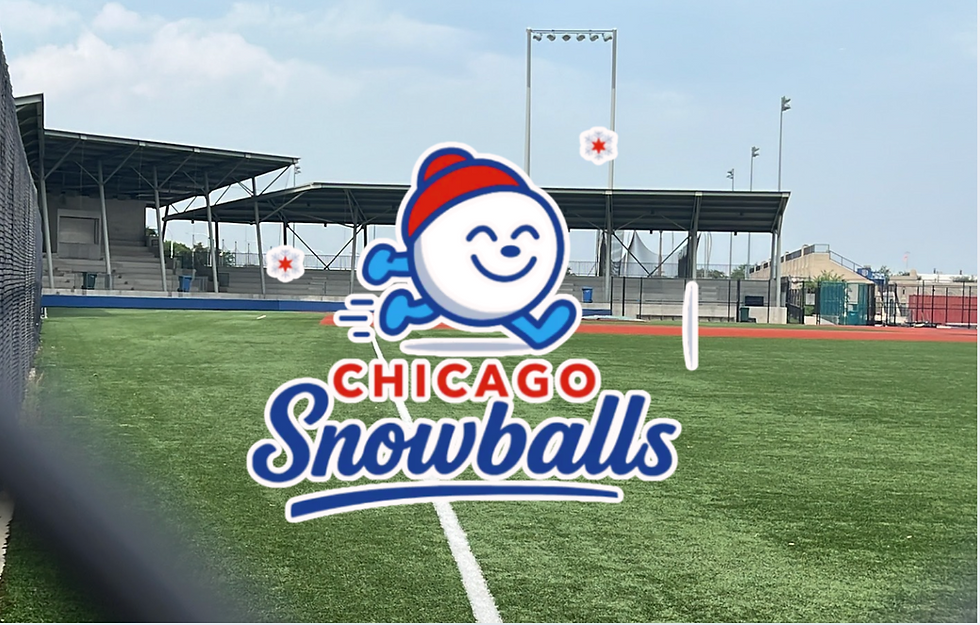Forgotten Stadiums: Monroe Park
- Matt Colville

- Aug 31, 2021
- 3 min read
Updated: Jul 18, 2025

Rendering of Monroe Park complete with Roller Coaster, Outdoor Theater, and Pier, Photo Courtesy of University of South Alabama
As the home of five Baseball Hall of Famers, Mobile’s baseball history stretches almost as far back as the sports’ beginnings. As far back as the 1860s baseball was played at ‘The Pit,’ now known as Stan Galle Field, on the campus of Spring Hill College – Stan Galle Field is also the oldest continuously used baseball park that is still standing.
As the city evolved and grew at the turn of the 20th century, so did the game of baseball in the city. In 1901 a baseball park was constructed at Monroe Park, right on the bay in Downtown Mobile. The field was located in a popular city park that had a carousel, roller coasters, a golf course, pavilion, pier, boardwalk, and a fancy street car system that made a stop in the park. The Mobile Sea Gulls, later the Bears, called the park home and played in the short lived Southern Interstate League that later turned into the Southern Association. The Sea Gulls drew very well and would lead the league in attendance in 1913, bringing in over 100,000 fans for the season.

One of the only known photos of an Actual Game Played at Monroe Park, Photo Courtesy of the Mobile Press-Register
By the 1920s, Mobile’s Monroe Park was a popular place hosting baseball games, concerts, movie premieres, and political rallies, and was nicknamed the “Coney Island of the South.” The park was also the spring training destination for the Orioles (then the St. Louis Browns), Indians (then known as the Naps) and White Sox. Cy Young played here as a pitcher during the Naps 1909 spring training, and “Shoeless” Joe Jackson would play on the field as a player for the Naps in 1912.
Baseball was so popular in Mobile at the time that when the Alabama legislature outlawed the playing of baseball on Sundays, people went on strike and opposed the ban, so much so that Mayor Harry Hartwell successfully lobbied to get the ban overturned.

Shoeless Joe Jackson played at Monroe Park as a member of the Cleveland Naps in 1912, Photo Courtesy of Wikipedia
Sadly in 1926 a hurricane would hit Mobile and completely devastate the grounds around Monroe Park; the park would never be rebuilt. Instead a stadium was built about a mile west that opened in 1927 and was named Hartwell Field, after the mayor who contributed so much to baseball in Mobile. Hartwell Field would host professional baseball through the 1966 season before being torn down in the early 1980s.
Today only a shadow of the former baseball stadium and amusement park is left; Brookley Field Air Force Base opened in the 1940s and currently occupies the site where the park was once located, while the I-10 overpass runs right over the premises. However, there is one area of Monroe Park that is still left – at Arlington Point there is a small park that features a pavilion, walking trails, and a pier. If you go to the pier and look closely at the live oaks lining the waterfront you can imagine a baseball field on this site 100 years ago, and you will be standing on the former grounds of the one of the busiest and most popular parks in the 1920s south.

Walking path at Arlington Park, located on the Waterfront of the once thriving Monroe Park, Photo by Matt Colville, Stadium Journey

Once the main road though the park, these beautiful hundred-year-old oak trees are the only remains of Monroe Park, Photo by Matt Colville, Stadium Journey

Hangars from Brookley AFB and Mobile Downtown Airport now occupy the former site of Monroe Park, Photo by Matt Colville, Stadium Journey

View of Monroe Park as it looks today, looking towards the water, Photo by Matt Colville, Stadium Journey

Based on old photos I concluded Monroe Park would have been located near this building, the Whiting Reception Hall, Photo by Matt Colville, Stadium Journey







Comments